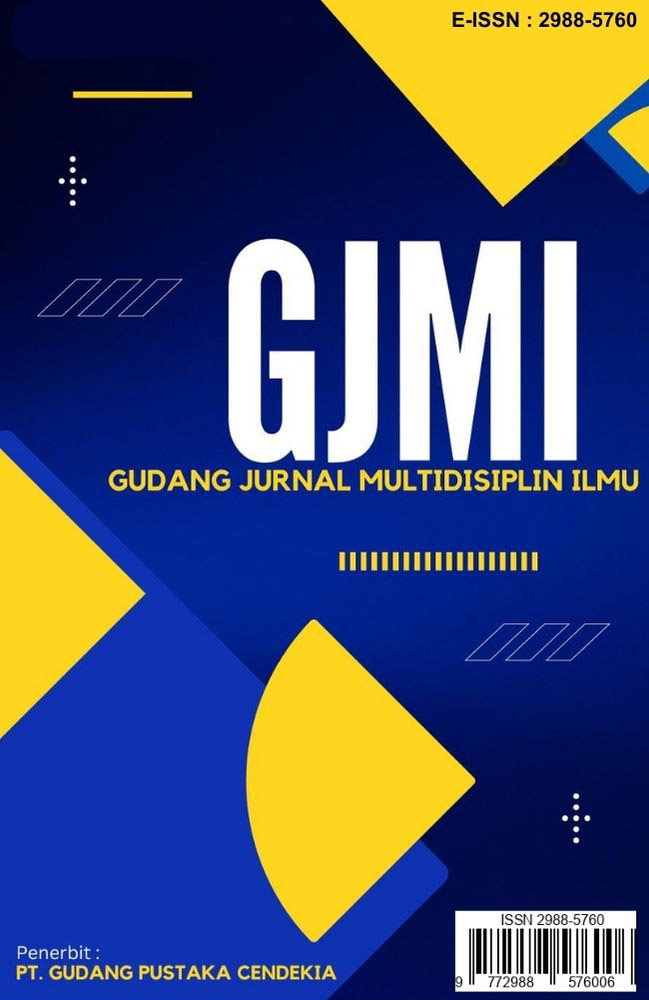CNN US and CNN Indonesia’s Textual Practice in Framing Humanitarian Narratives: A Critical Discourse Analysis
Main Article Content
Dyah Ayu Ratna Jelita
Suhartawan Budianto
This study examines the role of textual practice (micro-structure) in shaping humanitarian narratives in news coverage of the Israel-Palestine conflict by CNN US and CNN Indonesia. Employing Fairclough’s Critical Discourse Analysis (CDA), the research identifies key linguistic features, including lexical choices, sentence structure, modality, rhetorical devices, and pronoun usage, that contribute to the ideological framing of news articles. The findings indicate that CNN US employs neutral and euphemistic language, passive constructions, and hedging devices to maintain journalistic objectivity, whereas CNN Indonesia utilizes emotionally charged language, active voice, and definitive claims to frame the conflict with a strong pro-Palestinian stance. These textual differences underscore the influence of language in constructing public perceptions of humanitarian crises.
Aytan, A., Aynur, B., Hilal, P., Aytac, E., & Malahat, A. (2021). Euphemisms and dysphemisms as language means implementing rhetorical strategies in political discourse. Journal of Language and Linguistic Studies, 17(2), 741-754.
Baker, P., Gabrielatos, C., & McEnery, T. (2008). Discourse analysis and media attitudes: The representation of Islam in the British press. Cambridge University Press.
Bandes, S. A., & Salerno, J. M. (2014). Emotion, proof and prejudice: The cognitive science of gruesome photos and victim impact statements. Ariz. St. LJ, 46, 1003.
Barari, H. A., & Yacoub, R. (2024). Unmasking Media Bias and Religious Zionism’s Impeding Political Influence on the Israeli-Palestinian Conflict. American Journal of Arts and Human Science, 3(3), 1-11.
Bell, A. (1991). The language of news media. Oxford: Blackwell.
Cottrell, C. A., & Neuberg, S. L. (2005). Different emotional reactions to different groups: a sociofunctional threat-based approach to" prejudice". Journal of personality and social psychology, 88(5), 770.
Deng, R., & Zhang, Y. (2022). An Analysis of Modal Adverbs of Certainty in Linguistic Academic Discourse. International Journal of Languages, Literature and Linguistics, 8(2), 100-104.
Edelman, M. (2013). Political language: Words that succeed and policies that fail. Elsevier.
Fairclough, N. (1995). Critical discourse analysis: The critical study of language. London: Longman.
Fairclough, N. (2003). Analyzing discourse: Textual analysis for social research. New York: Routledge.
Fowler, R. (1991). Language in the news: Discourse and ideology in the press. New York: Routledge.
Kennedy, D. (2004). The dark sides of virtue: Reassessing international humanitarianism. Princeton University Press.
Krippendorff, K. (2004). Content analysis: An introduction to its methodology. California: SAGE Publications.
Macdonald, S., & Birdi, B. (2020). The concept of neutrality: a new approach. Journal of Documentation, 76(1), 333-353.
Machin, D., & Mayr, A. (2012). How to do critical discourse analysis: A multimodal introduction. California: SAGE Publications.
Mansukhani, S. (2023). Chapter-15 Rhetorical Analysis: Deconstructing Language and Persuasion. The Art of Critical Thinking: Exploring Ideas in Liberal Arts, 125.
Meretoja, H. (2018). The ethics of storytelling: Narrative hermeneutics, history, and the possible. Oxford University Press.
Mhanna, M. (2018). Caught in the frame: A critical analysis of Australian media representations of the Israeli-Palestinian conflict 2014–2015. Edith Cowan University.
Richardson, J. E. (2007). Analyzing newspapers: An approach from critical discourse analysis. New York: Palgrave Macmillan.
Panayotova, M., & Rizova, H. (2021). Online news media framing of the 2021 Israeli-Palestinian conflict by Al Jazeera, BBC and CNN. Communication Studies Media Studies.
Paterson, L. L. (Ed.). (2023). The Routledge handbook of pronouns. Taylor & Francis.
Phelan, J. (1996). Narrative as rhetoric: Technique, audiences, ethics, ideology. Ohio State University Press.
Sachsman, D. B. (Ed.). (2017). Sensationalism: murder, mayhem, mudslinging, scandals, and disasters in 19th-century reporting. Routledge.
Sirhan, N. R., & Sirhan, N. R. (2021). Media Framing and Sourcing Techniques Used in the Reporting of the ‘Conflict’. Reporting Palestine-Israel in British Newspapers: An Analysis of British Newspapers, 165-200.
Spiro, R. J., Bruce, B. C., & Brewer, W. F. (Eds.). (2017). Theoretical issues in reading comprehension: Perspectives from cognitive psychology, linguistics, artificial intelligence and education (Vol. 11). Routledge.
Tarasova, E., & Fajardo, J. A. S. (2022). 3 Adj+ie/y Nominalizations in Contemporary English. The Grammar of Hate: Morphosyntactic Features of Hateful, Aggressive, and Dehumanizing Discourse, 59.
Thorsen, E. (2008). Journalistic objectivity redefined? Wikinews and the neutral point of view. New Media & Society, 10(6), 935-954.
Truksasová, K. (2012). Active and Passive Voice in Reporting Clauses in Newspaper Reports.
Van Dijk, T. A. (1998). Ideology: A multidisciplinary approach. California: SAGE Publications.
Van Dijk, T. A. (2006). Discourse and manipulation. Discourse & Society, 17(3), 359-383.
Van Kleef, G. A., Van den Berg, H., & Heerdink, M. W. (2015). The persuasive power of emotions: Effects of emotional expressions on attitude formation and change. Journal of Applied Psychology, 100(4), 1124.
Wales, K. (1996). Personal pronouns in present-day English. Cambridge University Press.
Wodak, R. (2009). The discourse of politics in action: Politics as usual. Palgrave Macmillan.






